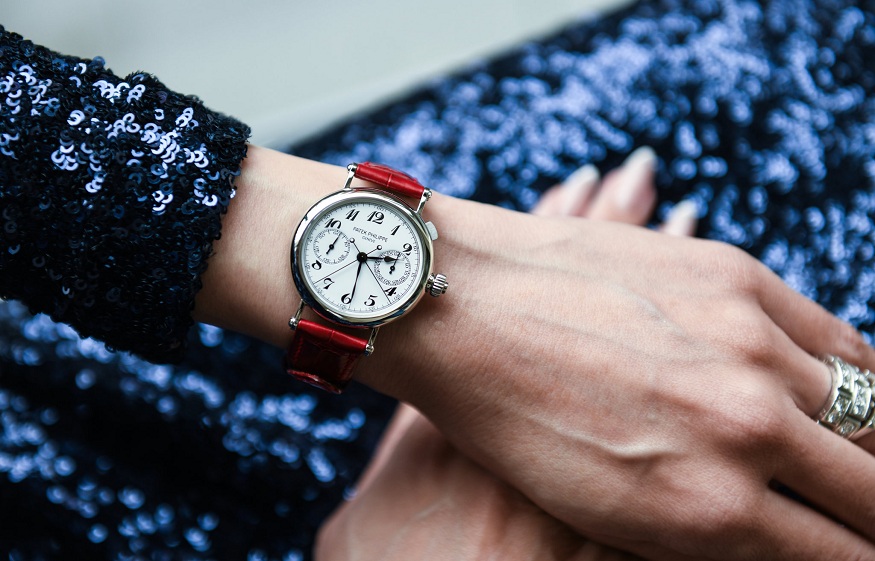The avoidance of water damage is a difficult topic to discuss; however, we will make an effort to explain everything as thoroughly as possible. The aging seals (gaskets) of an older watch are less trustworthy than they were when the watch was new. There is typically some variety of rubber or plastic that, with the passage of time, will harden into a brittle state. In order for the watch to retain the same level of protection it had when it was first purchased, these seals will need to be updated and evaluated. The harm that is caused by a leaking watch will start right away and continue to get worse until the watch is completely dry. The vast majority of watches that are now on the market have been sealed at the manufacturer, and there is no guarantee that they will be marked as “water-resistant.” If it is properly sealed, the manufacturer understands that it will maintain its quality for a longer period of time without experiencing any problems. When it comes to preventing water damage, you are on your own once the warranty from the manufacturer has run out.
There is a procedure that is quick, simple, and dependable that you may use if you think or at the very least wish to rule out the potential that there is water within the case:
Warm the watch up in a mild manner. Do not actually “cook” it; rather, rather bring it to a temperature where it is warm to the touch. Warming plates for watches are normally powered by electricity; however, a lamp, heater, or even a hair dryer can be used to accomplish the same result in a simple and straightforward manner.
A single or two drops of ice-cold water should be placed on the crystal. It works well to release a few droplets of liquid from an ice cube.
After about ten seconds, remove the water with a clean, dry cloth after waiting for a moment.
Take note of the location where the water formerly was:
If there is no condensation or whether it only lasts for a short period of time and then evaporates, the watch is good.
On the other hand, if condensation forms just on the underside of the crystal and does not disappear after several seconds, this indicates that there is water inside the watch, which is a problem that requires quick attention. You can also face such issues when you buy used Rolex.
If there is water within the case, it needs to be handled as soon as possible in order to prevent the watch from suffering potentially irreversible damage. If you have the necessary equipment and know-how, it may be as easy as opening the lid and placing it close to a source of gentle heat to allow it to dry while taking precautions to avoid dust from entering the case.
Preventions
Therefore, it is always best to take precautionary measures to assure that your luxury watch is completely waterproof in order to avoid the issues and costs which water damage can end up causing in the future, not to mention the personal upheaval of potentially losing one from your most prized possessions. This is because water damage can cause a variety of problems, including but not limited to the following:
Even for something as simple as checking for just any chips or cracks in the glass and making sure that the crown is securely fastened tightly at all times, these are effective methods whenever it comes to stopping the harmful effects of water damage. Additionally, a comprehensive pressure test will also provide additional peace of mind. You can also think about buy used Rolex and consider the problems.
However, please keep in mind that if you are going on vacation and would want to have your luxury watch inspected prior to you leaving, then you should bring it approximately ten to fourteen days in advance of your trip in case any maintenance needs to be done on it. We further recommend that you purchase full coverage insurance for your luxury watch, which is typically covered by homeowner’s insurance, in the event that it becomes damaged by water. This will allow you to cover any expensive repairs that may be necessary.
Some timepieces, such as vintage dress watches or costume watches, are manufactured without the use of seals. The fact that it is not sealed allows for air circulation, and the moisture that has been retained can be released if it is placed in a warm environment for a period of time. Because of this, water-resistant watches with even the tiniest of leaks are more likely to sustain water damage than watches that do not have a proper seal.

